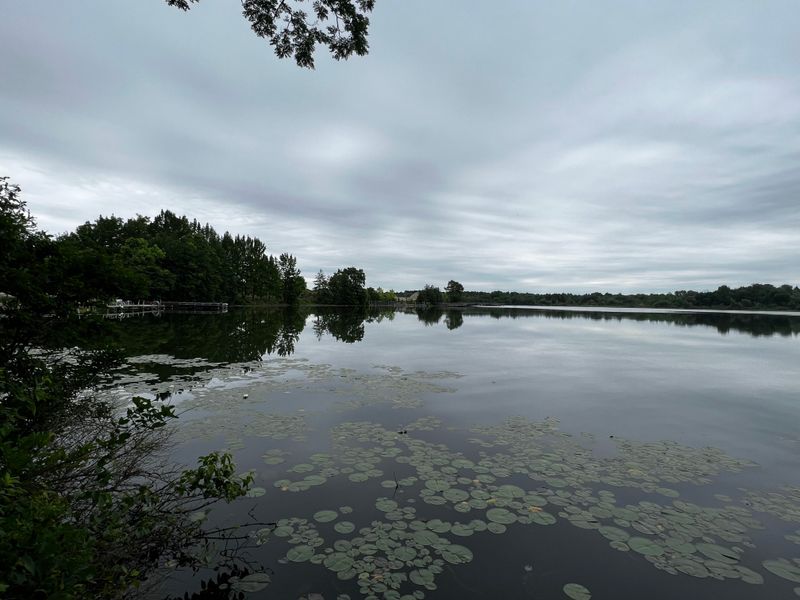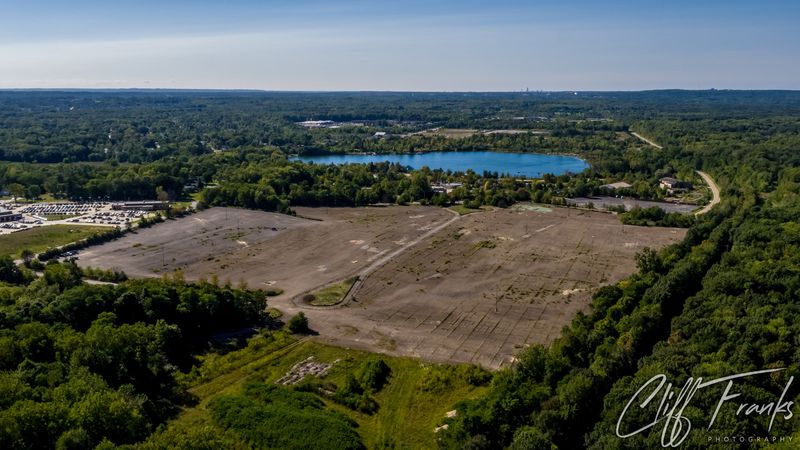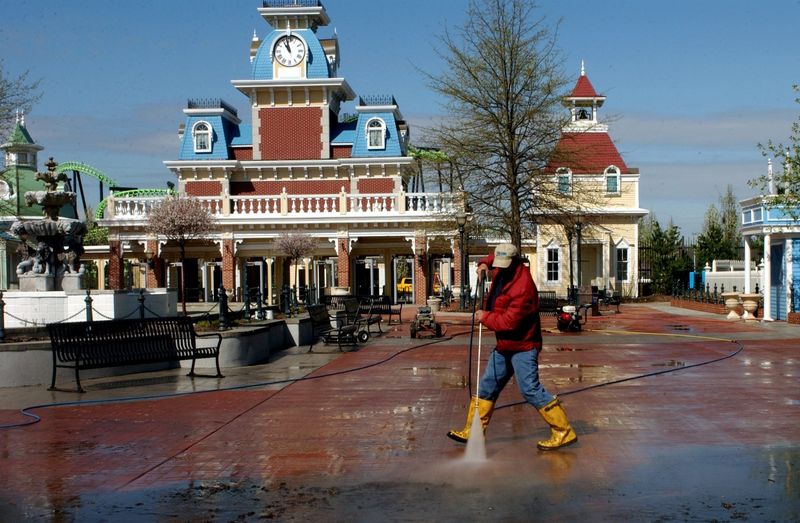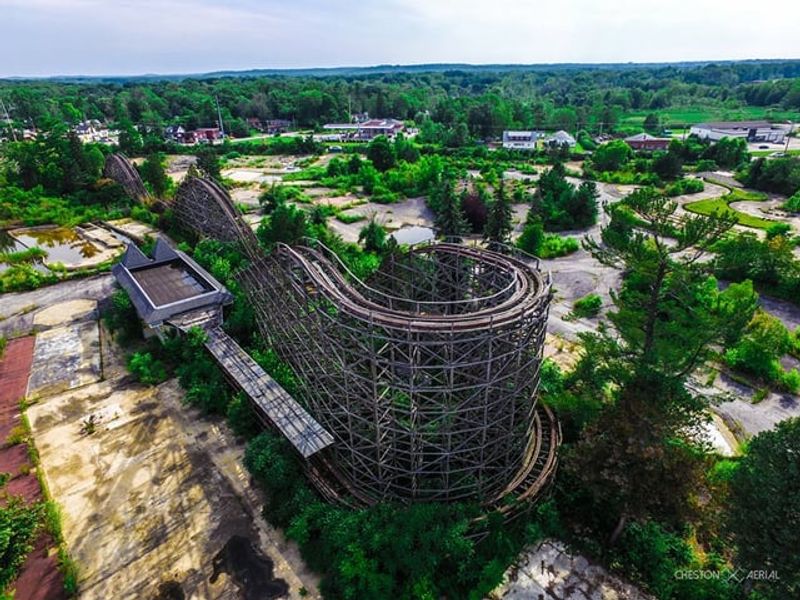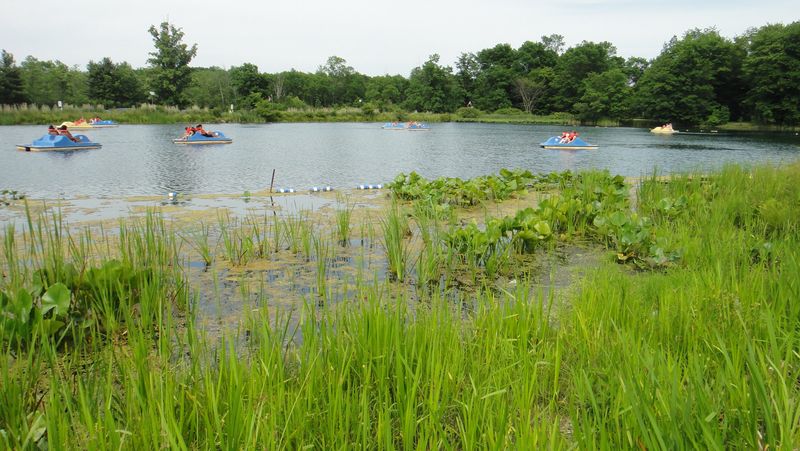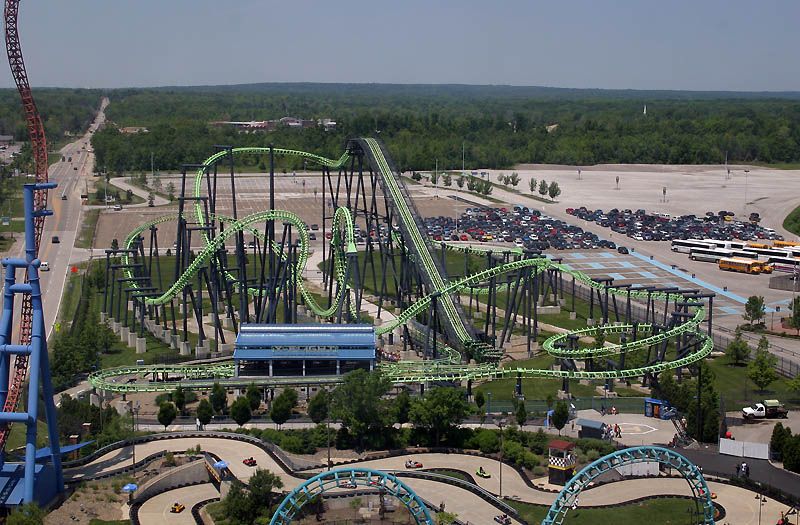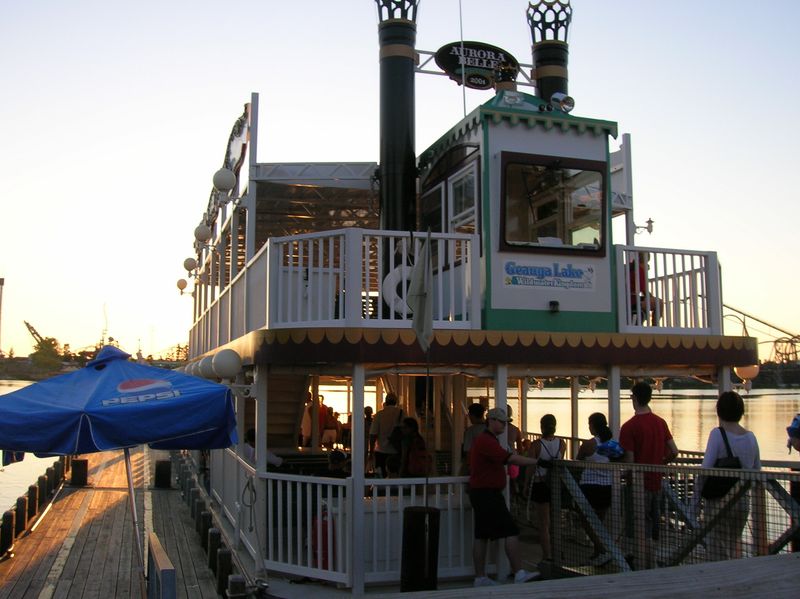Geauga Lake is turning the page from thrill rides to trails and beach days, and you are invited to rediscover it. The story stretches from 19th century picnics to towering coasters, and now to a welcoming public shoreline. If you remember the park or you are just curious about a new outdoor escape, this comeback will surprise you. Here is what is changing and why it matters for Northeast Ohio.
1. Geauga Lake’s Origins Date Back to the 19th Century
Before the screams and skyline of coasters, Geauga Lake began as a quiet retreat in 1887, known as Giles Pond. Families came for picnics, canoeing, and summer music, setting a tradition of simple lakeside joy. You can still feel that slower rhythm in the way the water anchors the landscape.
As the years rolled on, the shoreline grew into a regional gathering place, bridging rural charm with growing industry nearby. Early pavilions and bathhouses hinted at bigger things to come. That foundation now helps guide the park’s respectful rebirth into a community space.
2. It Had a Long Amusement Park History
Geauga Lake evolved from a simple resort into a full amusement destination with roller coasters, a dance hall, and even a racetrack. Generations grew up here, marking summers by new rides and lakeside concerts. If you ever rode across the water at sunset, you know how magic and place intertwined.
Through expansions and rebrands, the park mirrored trends in American leisure. It served as a living scrapbook of architectural styles and ride technology. That long arc of fun is now part of what Aurora aims to honor in the redesign.
3. Owners Changed Several Times
The park’s stewardship shifted repeatedly, shaping its identity and footprint. Funtime, Inc. acquired it in 1969, later giving way to Premier Parks and the Six Flags era, then Cedar Fair before the closure. Each owner brought ambition and new builds that left clear fingerprints on the skyline.
As you look back, those transitions explain why memories vary so much from decade to decade. Some recall hometown vibes, others remember corporate spectacle. The new public park hopes to stabilize that legacy with a consistent, community centered vision.
4. Roller Coasters Are Part of Its Legacy
Few sights defined Geauga Lake more than the lattice of wooden coasters. The Big Dipper, first built in 1925, became a rite of passage and a symbol of old school thrills. Raging Wolf Bobs later added speed and swagger that riders still recount.
Even if you never boarded, the structures framed sunsets and echoed across the water. The memory of lift chains and first drops lingers. Today, that spirit of excitement is channeling into active recreation and shoreline exploration.
5. The Raging Wolf Bobs closed following a partial derailment in 2007.
In 2007, Raging Wolf Bobs suffered a partial derailment that hastened the end of its run. Thankfully, it became a sobering marker rather than a lasting tragedy, but it changed how guests and operators viewed aging wood coasters. You could sense the park approaching a crossroads.
That incident became part of a wider conversation about safety, maintenance, and investment. It also foreshadowed the broader closure decisions that followed. The new era seeks to learn from that history while shifting the site’s purpose toward low risk outdoor activities.
6. Closure of Amusement and Water Park
September 2007 marked the permanent closure of the dry amusement park, closing a chapter that stretched across lifetimes. Gates that once welcomed summer crowds fell silent. If you drove by after, the emptiness felt unreal.
Wildwater Kingdom hung on until 2016, offering a final splash of seasonal fun. After that, a coast of quiet took over the shoreline. The silence, however, made space for a new idea to take root and grow.
7. Historic Recognition
In 2017, a historical plaque formally acknowledged Geauga Lake’s outsized role in Ohio leisure culture. It gave residents a place to pause and remember, even as the rides disappeared. You could visit and still connect to a shared story.
Markers like this matter because they frame memory and invite stewardship. They also set the tone for redevelopment that respects what came before. The plaque is a small but steady compass for the park’s next act.
8. City of Aurora Purchased the Property
Aurora stepped in to acquire 48 acres of lakefront plus the 53 acre spring fed lake for $5.3 million. That move unlocked local control after years of uncertainty. As a resident or visitor, you benefit when decisions are made close to home.
The purchase was supported by a mix of city resources and external funds, including ARPA dollars. It signaled a shift from speculation to public purpose. With ownership settled, planning could finally accelerate.
9. Redevelopment into a Public Park Is Underway
Aurora is shaping a public park featuring a beach, walking trails, and non motorized boating. Imagine launching a kayak at sunrise or strolling a loop with lake views at dusk. Access replaces turnstiles with open paths.
Some former amenities like wave pools could become creative public features. Repurposing honors the past while meeting today’s needs. It is a thoughtful remix rather than a total erase.
10. Preserving Old Structures
Plans call for keeping and reusing historic elements, including the former SeaWorld aquarium as an open air pavilion. That kind of adaptive reuse brings texture and stories to everyday visits. You get shade, events, and a direct link to the lake’s layered past.
There is even talk of a boardwalk, kayak launch, and possibly a restaurant woven into the old aquarium building. Thoughtful design can turn memory into gathering space. Expect a blend of durability, accessibility, and character.
11. Funding & Grants Are Supporting the Redevelopment
Reviving a site this large takes real money and patience. Developers secured a $4.1 million grant from Ohio’s demolition and site revitalization program to jump start transformation. You can see how strategic funding turns empty slabs into community assets.
Grants also help stabilize timelines and attract additional partners. Combined with city investment, the package builds momentum for trails, beach access, and habitat work. It is a strong vote of confidence in the project’s potential.
12. Redevelopment Timeline
Phase one along the lakeshore kicked off in October 2025, focusing on access, grading, and shoreline amenities. Crews are setting the stage for trails, a beach zone, and utilities to support later features. You will notice steady change as the seasons turn.
City leaders are targeting a first section opening by fall 2026, if everything stays on track. It is a measured pace that balances construction with environmental care. The goal is a legacy project that welcomes future generations back to the water.

